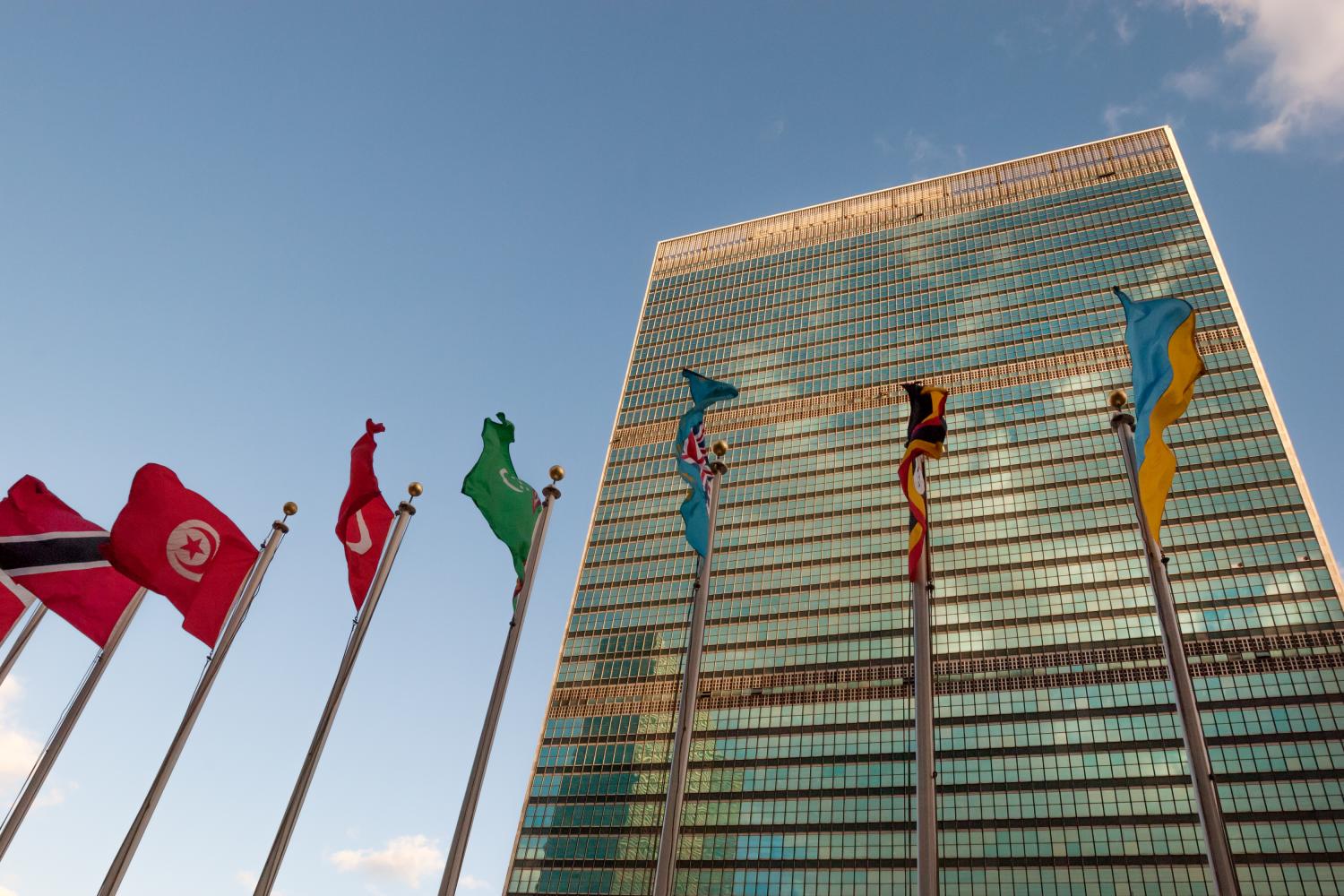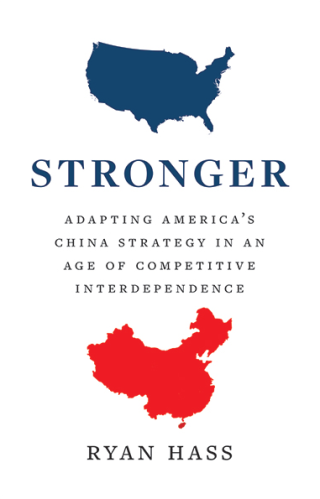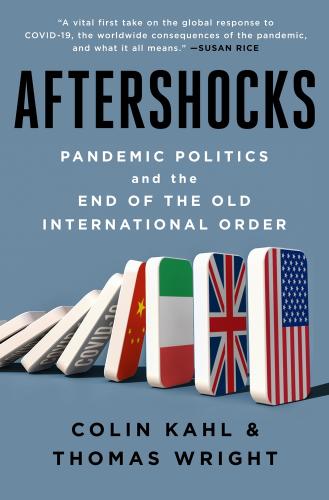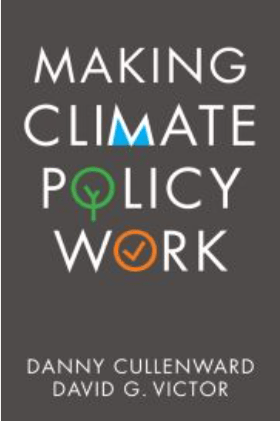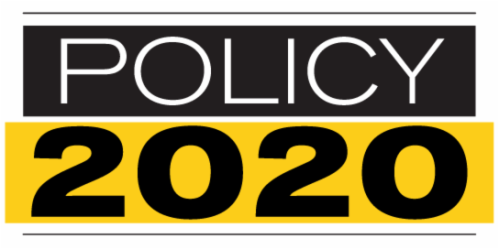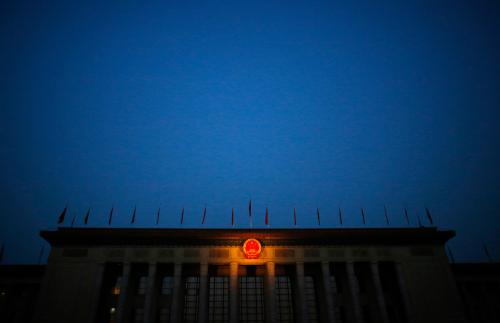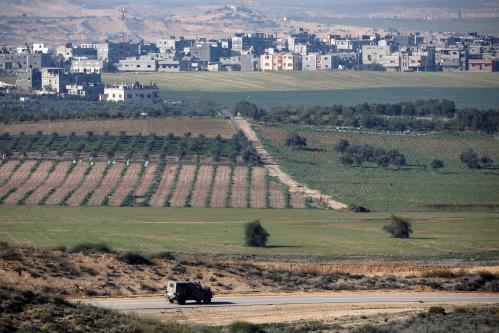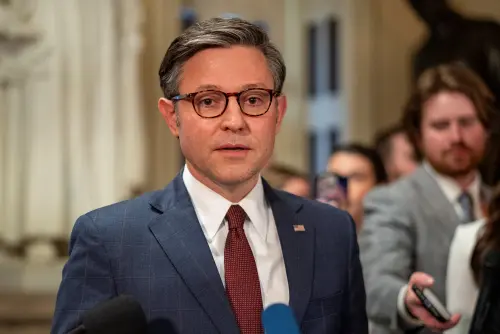This brief is part of the Brookings Blueprints for American Renewal & Prosperity project.
 As President Joe Biden settles into the White House, a COVID-19 vaccine begins to be administered at home and abroad, and the world economy begins to stabilize, there is a sense of fresh beginning on the horizon. Yet climates continue to change and oceans to rise; China and Russia continue to stir the geopolitical pot from the western Pacific to eastern Europe to the Middle East and beyond; North Korea and Iran as well as international terrorism remain real concerns; democracy suffers setbacks around the world — and a serious scare even in the United States, particularly on January 6 of this year; and technologies continue to advance — with all the potential for good as well as bad that they bring.
As President Joe Biden settles into the White House, a COVID-19 vaccine begins to be administered at home and abroad, and the world economy begins to stabilize, there is a sense of fresh beginning on the horizon. Yet climates continue to change and oceans to rise; China and Russia continue to stir the geopolitical pot from the western Pacific to eastern Europe to the Middle East and beyond; North Korea and Iran as well as international terrorism remain real concerns; democracy suffers setbacks around the world — and a serious scare even in the United States, particularly on January 6 of this year; and technologies continue to advance — with all the potential for good as well as bad that they bring.
In these International Security papers for Brookings’s Blueprints for American Renewal & Prosperity, Brookings scholars ask how to handle these huge problems of our day. This is not the entirety of Brookings’s foreign policy writing focused on the 2021 moment; other recent and forthcoming papers, policy briefs, and blogs consider specific and immediate challenges or questions, like how to handle Iran’s nuclear program or build a five-year defense plan or adjust policy in Afghanistan (kindly see Brookings’s Policy 2020 analysis for more). Here, our purview is somewhat longer-term. The collection of papers also reflects the intellectual license we have given our scholars. Those who wanted to speak to a fundamental challenge in today’s world, perhaps with a transformational idea on what to do about it, were invited to write.
The papers all reflect the individual views of their authors. No effort was made to impose a common perspective or approach, or to synthesize the various findings and recommendations into a single overarching policy prescription.
Nonetheless, some themes and integrating threads may emerge when reading the papers as a group. Perhaps the most important is that this moment does not appear to be another 1945. The world does not for the most part, in the minds of these scholars, require new architecture in the realms of military power, economic organization, or diplomacy to handle the problems and policy agenda of the 2020s. There are some big ideas in these pieces, but not proposals for a fundamental rebuilding of the United Nations system or America’s alliance network or the global economic order.
And there is some good news in these Blueprints, too. Ryan Hass and David Dollar do not expect the U.S.-China relationship to regain the relative friendliness that characterized it in much of the 1980s, and 1990s, and into the 2000s. But they hardly expect war. And they seem confident that Washington has the means to do well in a complex relationship with Beijing that is now one part cooperative and one (or even two) parts competitive.
Lindsey W. Ford and James Goldgeier expect that America’s alliance system can thrive in the post-Trump era. They highlight the remarkable strengths of these alliances, as well as their staying power. U.S. alliances are in generally good shape. They can also be complemented by new types of association agreements or other cooperative understandings that bridge Asian and European allies — and that may include countries outside the major alliances as well. Ford and Goldgeier argue, however, that these alliances and associations will need to adapt in order to deal with the rise of China, a task for which they were not designed. Pooling military research and development resources, encouraging more allied defense burden-sharing, and encouraging military modernization efforts are among their preferred policies.
Vanda Felbab-Brown, building on her previous work on illicit economies, wildlife conservation, and human health, has a more foreboding message. She warns that COVID-19, hardly the first pandemic disease of modern times, is also very unlikely to be the last. She urges a series of major measures to be undertaken to reduce the frequency of emergence of zoonotic diseases and their escalation to pandemic proportions. Felbab-Brown’s recommendations center on preserving natural habitats and reducing as well as improving human interactions with nature and wildlife. Much better conservation efforts, especially to reduce destruction of tropical regions, and much better regulation of where and how humans come into close proximity with animals (live animals or their meat), will be essential. All will have to be tailored to the circumstances and needs of individual countries and regions. She argues for a realistic, and gradual, but still major, set of profound changes in how humans manage their interactions with wild animals around the world, produce and sell food, and interact with wild habitats.
Madiha Afzal notes that, while the United States has largely been spared the scourge of large-scale terrorism since the September 11 attacks (and has begun a reckoning with the costs of the post-9/11 era), much of the world has not. In many regions, extremist-related violence levels remain high and the receptivity of local groups to Salafist or other apocalyptic messages remains worrisome. She calls for a major internationally coordinated expansion in education that discourages such extremism at the root-cause level. These efforts should seek to improve curricula in many countries around the world so that schools teach about history and politics more objectively and fairly, and foster critical thinking skills so that students are better able to counter extremist ideologies and propaganda.
Tamara Cofman Wittes continues to pound a (welcome, to our ears) drumbeat that she, along with previous collaborator Mara Karlin, has been sounding for years: the United States needs to continue to look for ways to scale back its military presence in the broader Middle East, as well as its reliance on military instruments of foreign policy — and its reliance on strongmen leaders in the region from Saudi Arabia to Egypt and beyond. Wittes is clear-eyed enough to know this will always be difficult, given the exigencies of near-term U.S. national security policy. But she still argues for important incremental changes that could together add up to substantial change in the years to come.
Bruce Jones and Adam Twardowski address the question of how democracies can better organize and collaborate to offset the behavior and goals of non-democratic regimes around the world. They believe that democracies in fact can and should work more closely together as a complement to the existing U.S. alliance system, and as a partial antidote to the rise of Russia and China. But they favor doing so with a subtle touch, working with democracy caucuses inside of existing organizations for the most part, rather than creating new and exclusionary architectures from scratch. They do propose one new structure: a Partners Council on International Security, that would work in parallel to the U.N. Security Council, and through which the United States could convene its close democratic partners and allies to amplify their collective weight in matters of international peace and security.
Robert Einhorn proposes practical ways in which American can cooperate with Russia and China in the area of nonproliferation — on issues ranging from nuclear export controls to the New START treaty to the Nuclear Non-Proliferation Treaty to pressing challenges with Iran and North Korea — despite the troubled bilateral relationships at present between the United States and its two great power competitors. Past cooperation with Moscow and Beijing contributed to the remarkably successful record of the global nonproliferation regime, and arguably kept some ballast in the relationships between Washington and those capitals. Unless the United States and its rivals can set aside their differences and work together in these areas of mutual interest again, that record will be hard to sustain.
And finally, one of us (O’Hanlon) pens an essay here arguing that we should, as a nation, complement what the Pentagon has called its “4+1” threat matrix of Russia, China, North Korea, Iran, and terrorism with a new and additional set of 4+1 dangers: biological, nuclear, climatic, digital, and internal threats to security. Often, the newer and more transnational threats do not displace the earlier ones, but exacerbate them. This piece is designed to inform the writing of a new National Security Strategy at the conceptual level.
Taken together, the papers are bold, but their prescriptions and their resource requirements are for the most part also within reach. If taken as a collective, this is an actionable policy agenda, not pie-in-the sky hortatory writing from an ivory-tower crowd. We hope you will read and react!


